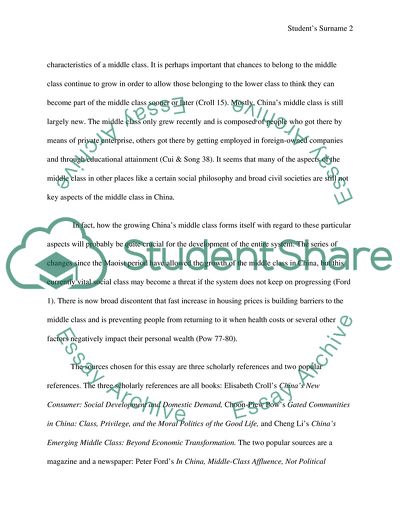Cite this document
(Chinas Middle Class and Statement of Intent Essay Example | Topics and Well Written Essays - 1250 words, n.d.)
Chinas Middle Class and Statement of Intent Essay Example | Topics and Well Written Essays - 1250 words. https://studentshare.org/sociology/1799181-research-and-analyze
Chinas Middle Class and Statement of Intent Essay Example | Topics and Well Written Essays - 1250 words. https://studentshare.org/sociology/1799181-research-and-analyze
(Chinas Middle Class and Statement of Intent Essay Example | Topics and Well Written Essays - 1250 Words)
Chinas Middle Class and Statement of Intent Essay Example | Topics and Well Written Essays - 1250 Words. https://studentshare.org/sociology/1799181-research-and-analyze.
Chinas Middle Class and Statement of Intent Essay Example | Topics and Well Written Essays - 1250 Words. https://studentshare.org/sociology/1799181-research-and-analyze.
“Chinas Middle Class and Statement of Intent Essay Example | Topics and Well Written Essays - 1250 Words”. https://studentshare.org/sociology/1799181-research-and-analyze.


